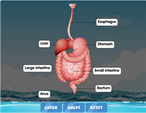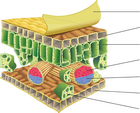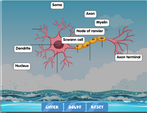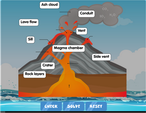Tooth diagram
Your teeth are remarkably tough and enable you to chew and break apart an incredible variety of food – from tender chunks of meat to the hard flesh of an apple. They also allow you to pronounce certain sounds and help add definition to your face.
The crown is the only part of the tooth that is normally visible. Its outermost surface is made from enamel – the hardest tissue in the human body. Below enamel sits a layer of dentin, a mineral-rich tissue that protects teeth from extreme temperatures.
Connecting the crown and root of a tooth is the dental cervix or neck. It is comprised of gingiva (gums), and includes the pulp cavity, a space in the tooth containing the pulp.
The root of an individual tooth refers to the portion embedded in the gums and the underlying bone. Your upper teeth are attached to your maxilla. Similarly, your lower teeth are stuck to your mandible or lower jaw. Periodontal ligament is a connective tissue that helps adhere teeth to bone. Nerves and blood vessels enter the tooth through the root canal.
The tooth diagram presented here can serve as a helpful resource for reviewing the basic anatomy and physiology of our teeth.











